After a much needed rest from the game, I have finally made another airplane. This time in the form of a short-lived Lavochkin jet fighter planned during the times of straight wings with jet engines in late 1945.
Features
Not really all that much except for
- Three 23mm NS-23 cannon
- Flaps
History
This project represented the first use of the “160” designation (the second was a swept-wing fighter built three years later in 1948). Powered by twin Tumansky RD-10 jet engines, it was intended to be larger and heavier than the La-150 and to serve as an insurance for the latter because it was thought that the La-150's power plant might not give sufficient thrust for that aircraft to offer an adequate performance. However, two RD-10 engines did not really give enough thrust for “Aircraft 160” either and so this design's armament and fuel were cut back to compensate. This move reduced the type's combat potential, although its objective was essentially to intercept and destroy heavy enemy bombers. “Aircraft 160” would have carried 1,223kg (2,696 lb) of fuel, which would have given a reasonably good range and endurance; for example cruising at 850km/h (528mph) and 4,000m (13,123ft) the “160” was expected to be able to stay in the air for half an hour. A tailwheel undercarriage was used and “Aircraft 160” had three 23mm NS-23 cannon mounted in its nose. It soon became clear to Lavochkin that his design team lacked sufficient manpower to work on two new fighters at once. In 1946, after deputy Semyon Alekseyev had departed to Gorkiy to run his own OKB, Lavochkin shelved “Aircraft 160” to allow his team to concentrate on the smaller La-150 project. Alekseyev had initiated and was the driving force behind the concept of “Aircraft 160”.
Gallery
Only picture of “Aircraft 160” known to exist is a three-view profile.

Specifications
General Characteristics
- Created On iOS
- Wingspan 47.6ft (14.5m)
- Length 46.3ft (14.1m)
- Height 12.2ft (3.7m)
- Empty Weight 451lbs (204kg)
- Loaded Weight 21,670lbs (9,829kg)
Performance
- Power/Weight Ratio 1.348
- Wing Loading 52.3lbs/ft2 (255.3kg/m2)
- Wing Area 414.4ft2 (38.5m2)
- Drag Points 3120
Parts
- Number of Parts 78
- Control Surfaces 6
- Performance Cost 405

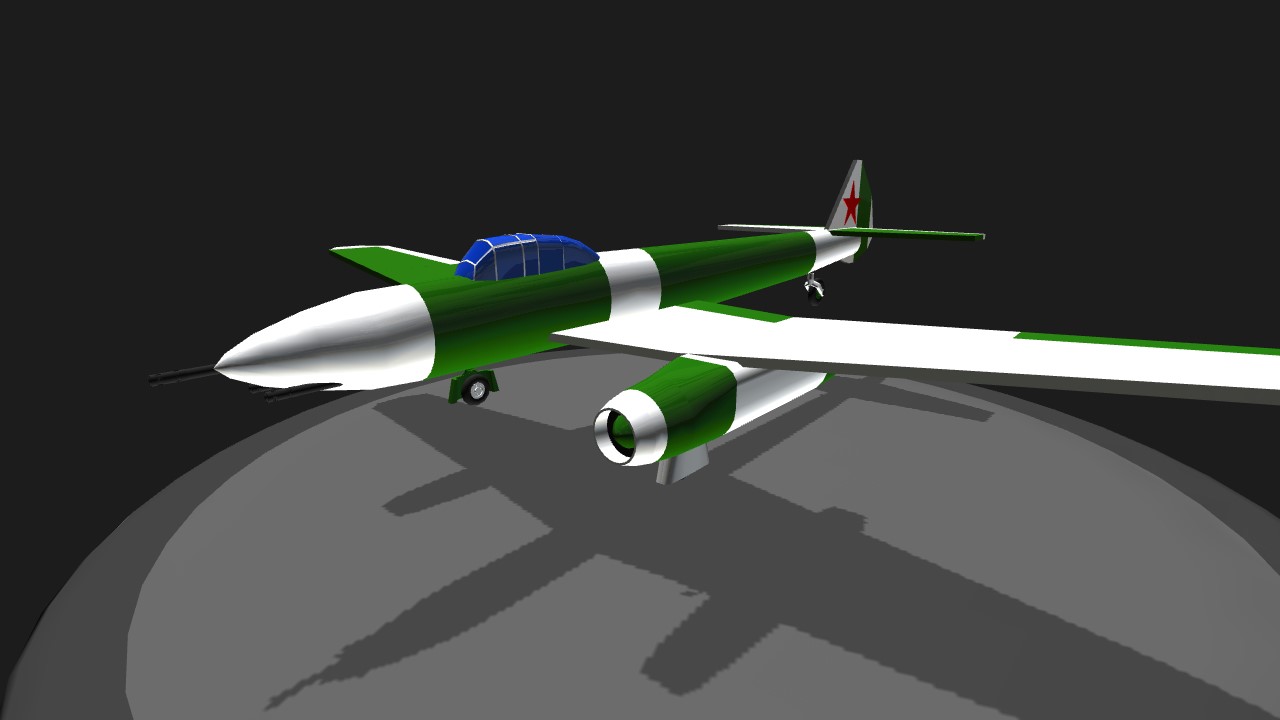

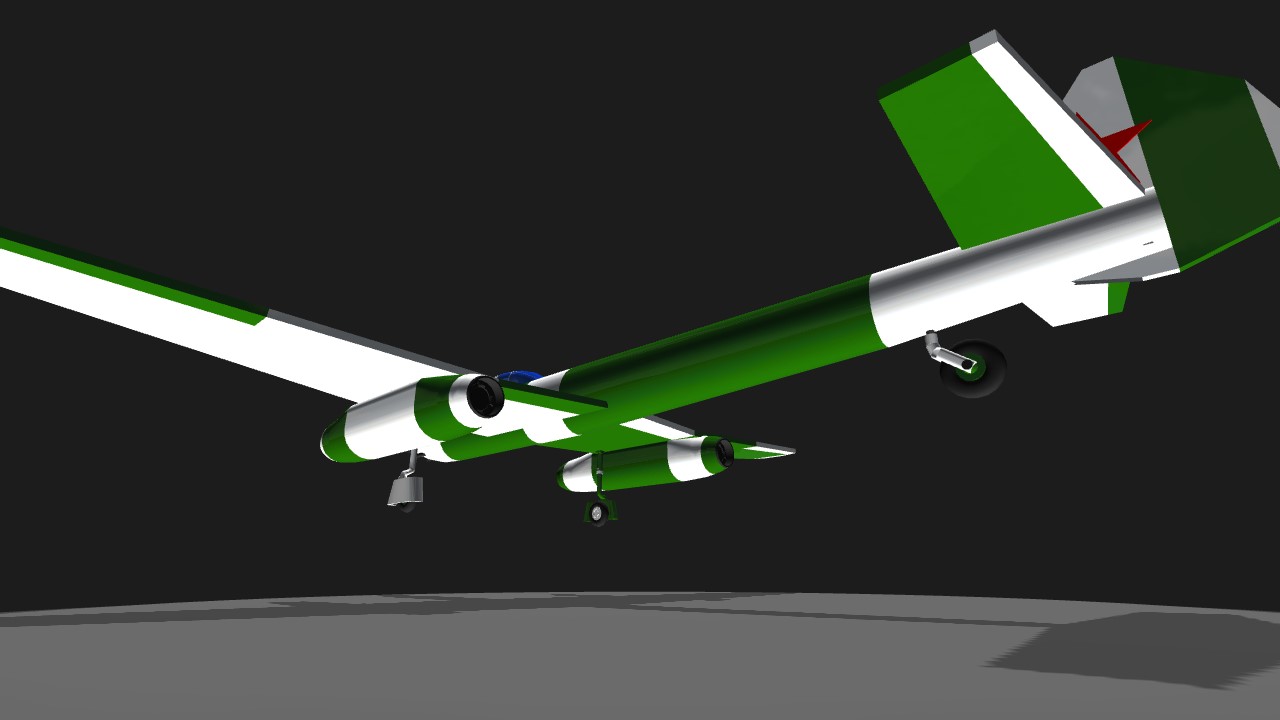
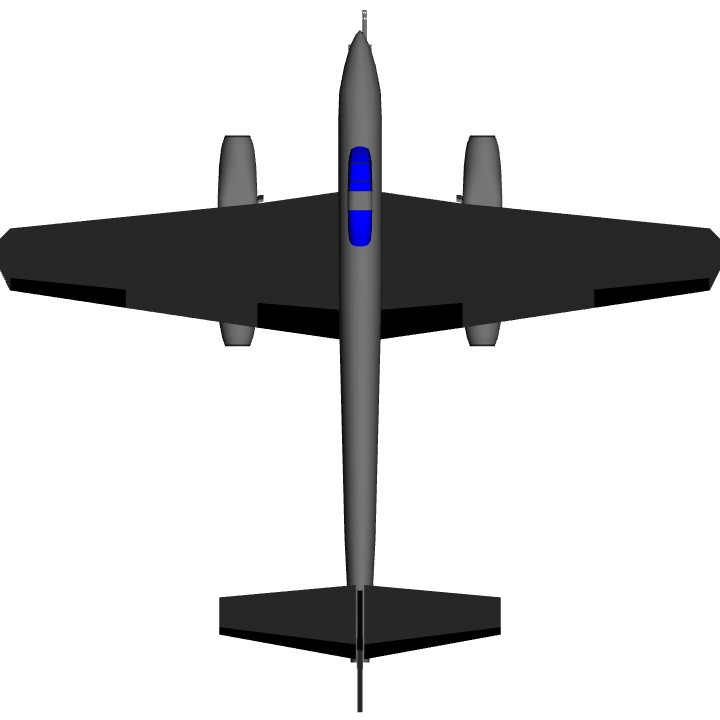
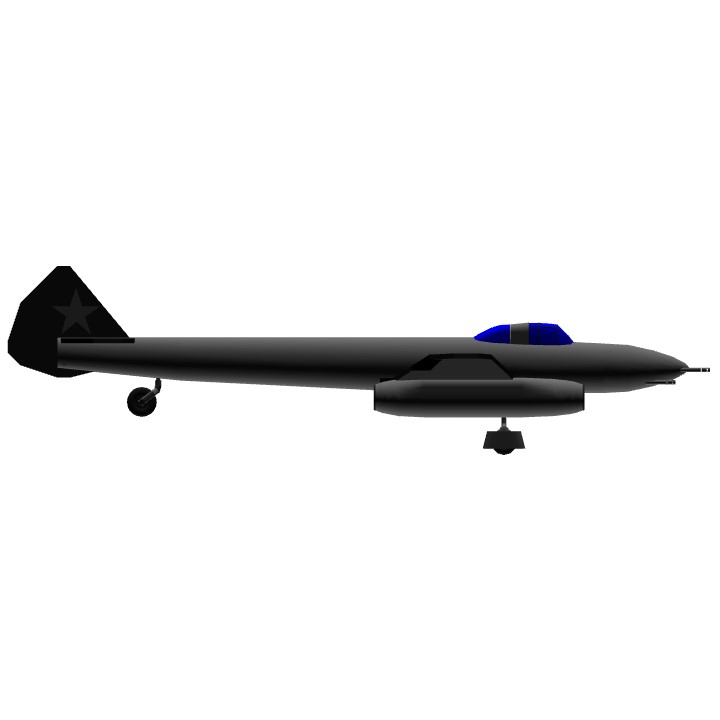
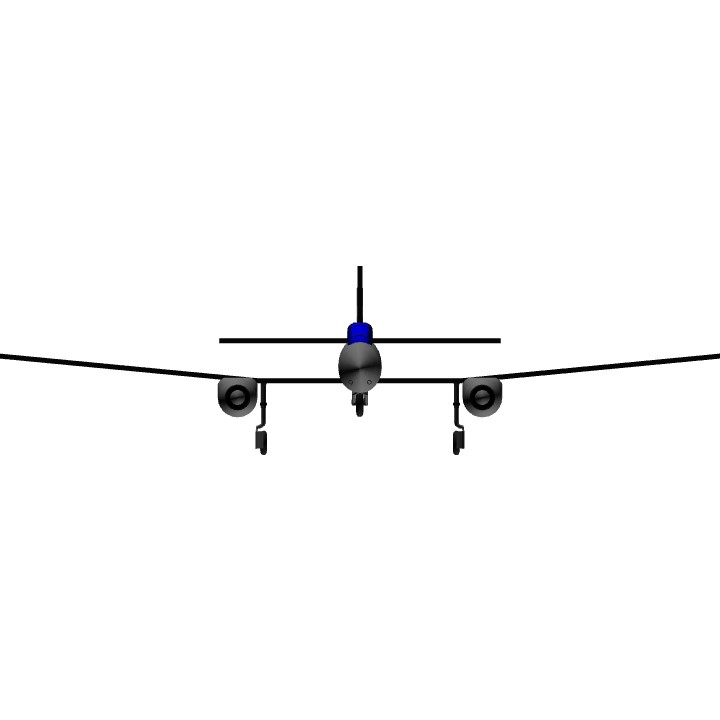
@AircraftoftheRedStar np!
Thank you for the upvote! @MrKoT
Thanks! @Trainzo
Nice plane . good job my friend .